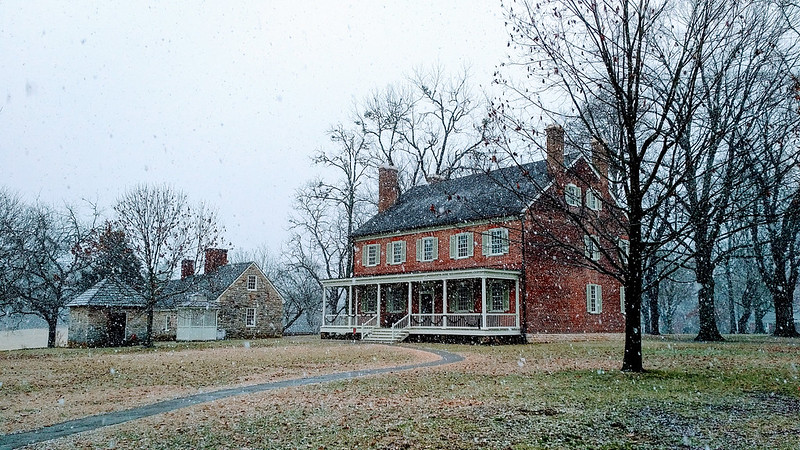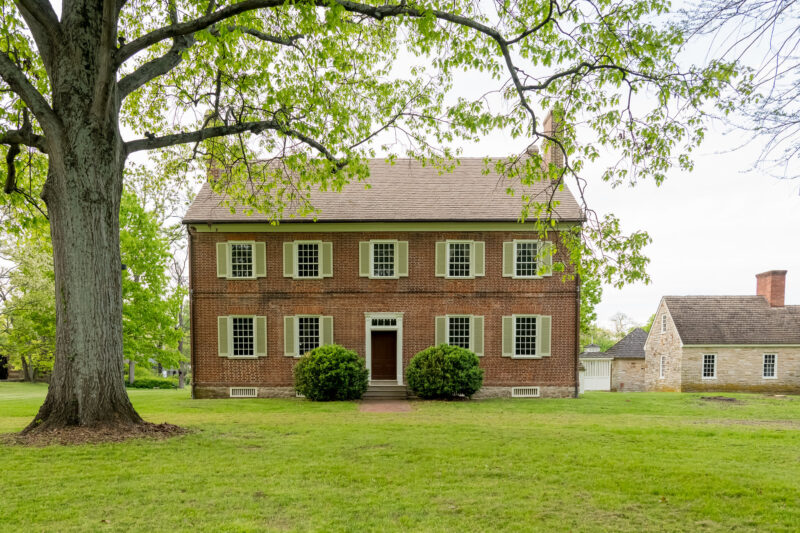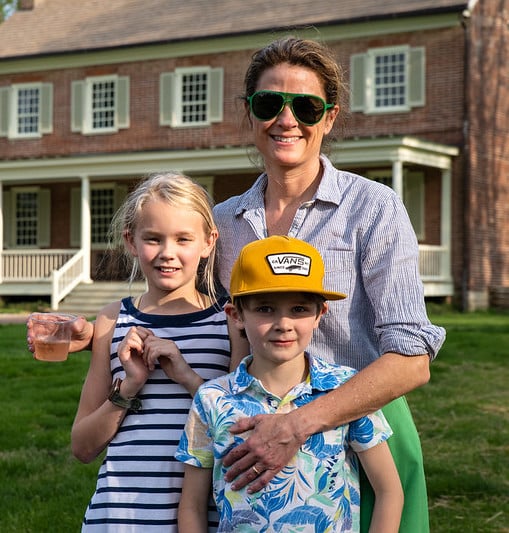About Locust Grove
Locust Grove’s story, like that of its inhabitants, is the story of Kentucky’s beginnings. Just six miles upriver from downtown Louisville, this c.1792 mansion was the home of the family of Major William Croghan and his wife Lucy Clark Croghan, and the men, women, and children they enslaved. William and Lucy, along with Lucy’s brother, General George Rogers Clark, welcomed a generation of American figureheads to their home to converse, campaign, and even duel.
Locust Grove’s history is rich with notable guests, including Presidents Andrew Jackson, James Monroe, and Zachary Taylor. Stephen Bishop, the famed enslaved cave guide of Mammoth Cave, drew the first map of the cave while at Locust Grove. Following the famed “Corps of Discovery” expedition, Lucy’s brother William Clark and his fellow explorer Meriwether Lewis rested here upon their return.
Now a National Historic Landmark, Locust Grove offers a rare view into Kentucky in the early republic, highlighting architecture, craftsmanship, and the intertwined stories of all those who shaped American history, both free and enslaved.

Our Mission
We preserve and interpret the historic landscape and buildings of Locust Grove, the final home of Louisville’s founder George Rogers Clark, and tell the stories of all the individuals who lived and worked here, both free and enslaved, cultivating a deeper understanding of the present through a richer understanding of the past.
About Locust Grove
Locust Grove, constructed between 1790 and 1794 on the edge of America’s frontier, served as the home to Major William and Lucy Clark Croghan and their nine children. Additionally, it was the workplace of around 100 enslaved workers until 1856.

The historic brick, three-story Federal house with Georgian influences expanded over time to become a 693.5-acre farm and county seat, located about five miles from Louisville. Notable visitors included Presidents James Monroe, Andrew Jackson, and Zachary Taylor, as well as Vice-President Aaron Burr, artist John James Audubon, and explorer Stephen Bishop, who created the first map of Mammoth Cave during his stay.
General George Rogers Clark, a prominent Revolutionary War figure and founder of Louisville, resided at Locust Grove from 1809 until his death in 1818. Afterward, the property passed to Lucy Croghan until her death, then to their son, William Croghan Jr., who later sold it to his brother-in-law, George Hancock. Subsequent ownership transfers occurred, including to Dr. John Croghan, St. George Croghan, Captain James and Mary Ann Richardson Paul, and finally, the Waters Family.
In 1958, after Lily Waters’ death, Locust Grove was auctioned, sparking a movement to preserve it as a memorial to General Clark. Learn more about the restoration and preservation of Locust Grove.

Join to access to exclusive perks like free admission and special discounts!
Support Our Mission
Becoming a member at Locust Grove lets you enjoy special benefits while supporting preservation and education.
